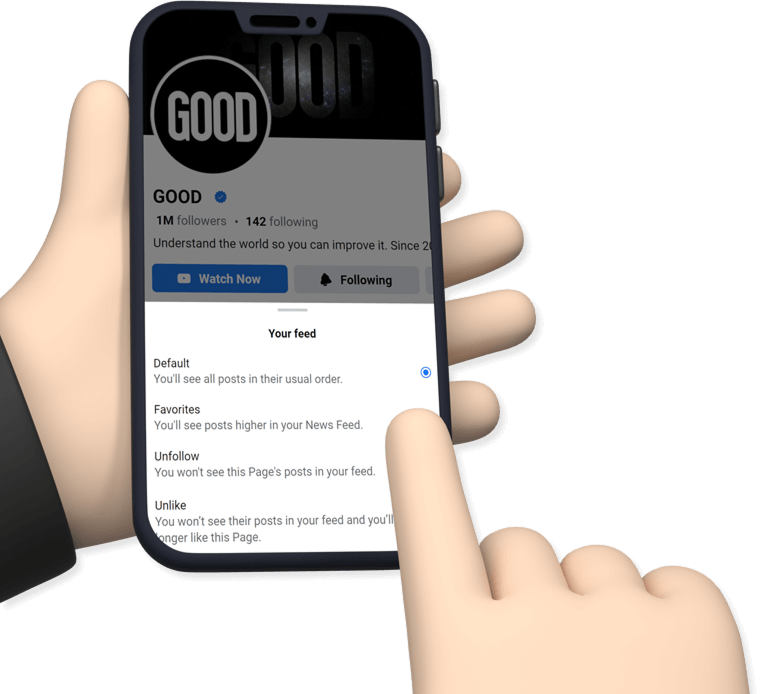New research from Pew shows that people who use social networking sites are more likely to make connections with others. Do you buy it?
A collaboration between GOOD and Column Five Media.
Facebook is critical to our success and we could use your help. It will only take a few clicks on your device. But it would mean the world to us.

Here’s the link . Once there, hit the Follow button. Hit the Follow button again and choose Favorites. That’s it!
New research from Pew shows that people who use social networking sites are more likely to make connections with others. Do you buy it?
A collaboration between GOOD and Column Five Media.


